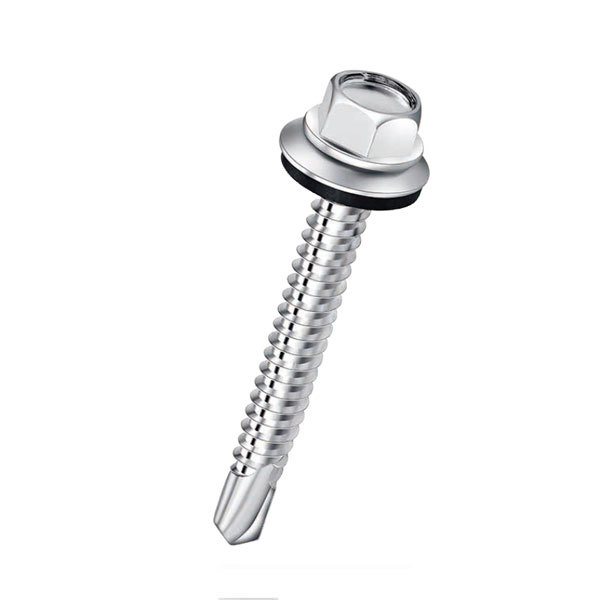Service Information for Standard Drywall Screws and Their Applications
Understanding Standard Drywall Screw Service
Drywall screws are a pivotal component in construction, specifically designed to attach drywall panels to wooden or metal studs. They are known for their exceptional holding power and ease of installation, making them a preferred choice for both professionals and DIY enthusiasts. In this article, we will delve into the standard qualities of drywall screws, their service characteristics, and best practices for their use.
Types of Drywall Screws
Standard drywall screws typically come in two main types coarse-thread and fine-thread. Coarse-thread screws are used primarily for wood studs, as their larger threads provide a stronger grip in softer materials like wood. Fine-thread screws, on the other hand, are ideal for metal studs, as their tighter threads can penetrate metal surfaces more effectively.
Additionally, drywall screws can be categorized by their coating. Black phosphate-coated screws are common as they prevent rust and corrosion, making them suitable for interior use. For environments that may be exposed to moisture, such as bathrooms and kitchens, galvanized or cement-coated screws are recommended for their enhanced durability.
Service Characteristics of Drywall Screws
The performance of drywall screws is defined by several service characteristics. First and foremost is their tensile strength, which determines the amount of force the screw can withstand before breaking. High-quality drywall screws exhibit superior tensile strength, ensuring long-lasting installations that resist damage over time.
standard drywall screw service

Another critical characteristic is the screw's self-drilling property
. Many standard drywall screws have a sharp tip that allows them to penetrate the drywall and into the stud without requiring pre-drilling. This feature saves time and effort during installation, making them ideal for both speed and efficiency.Best Practices for Using Drywall Screws
To achieve optimal results when using drywall screws, practitioners should follow specific best practices. First, it is essential to choose the right screw length for the thickness of the drywall being installed. A common rule of thumb is to use 1-1/4 inch screws for 1/2 inch drywall and 1-5/8 inch screws for 5/8 inch drywall. This ensures that the screws anchor securely into the studs without protruding through the opposite side.
Another essential practice involves proper spacing. Screws should typically be placed approximately 16 inches apart along the edges and 24 inches apart in the center of drywall sheets. This spacing provides adequate support and prevents the drywall from sagging over time.
Finally, it is crucial to avoid overdriving screws, which can damage the drywall and compromise holding strength. Screws should be driven just below the surface of the drywall without breaking the paper layer, allowing for a smooth finish that is ideal for taping and mudding.
Conclusion
In summary, standard drywall screws are indispensable in the construction and remodeling industries. With their unique designs tailored for specific applications, understanding their service characteristics and following best practices for use can lead to successful drywall installations. Whether you're a seasoned professional or a novice DIYer, mastering the application of drywall screws is key to achieving a durable, polished finish in your projects.
-
Top Choices for Plasterboard FixingNewsDec.26,2024
-
The Versatility of Specialty WashersNewsDec.26,2024
-
Secure Your ProjectsNewsDec.26,2024
-
Essential Screws for Chipboard Flooring ProjectsNewsDec.26,2024
-
Choosing the Right Drywall ScrewsNewsDec.26,2024
-
Black Phosphate Screws for Superior PerformanceNewsDec.26,2024
-
The Versatile Choice of Nylon Flat Washers for Your NeedsNewsDec.18,2024










